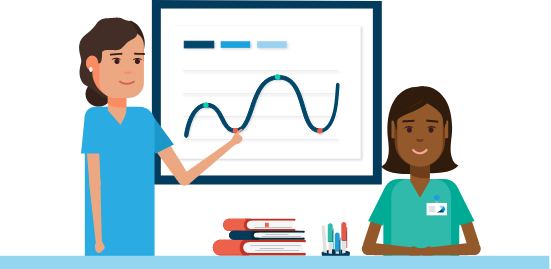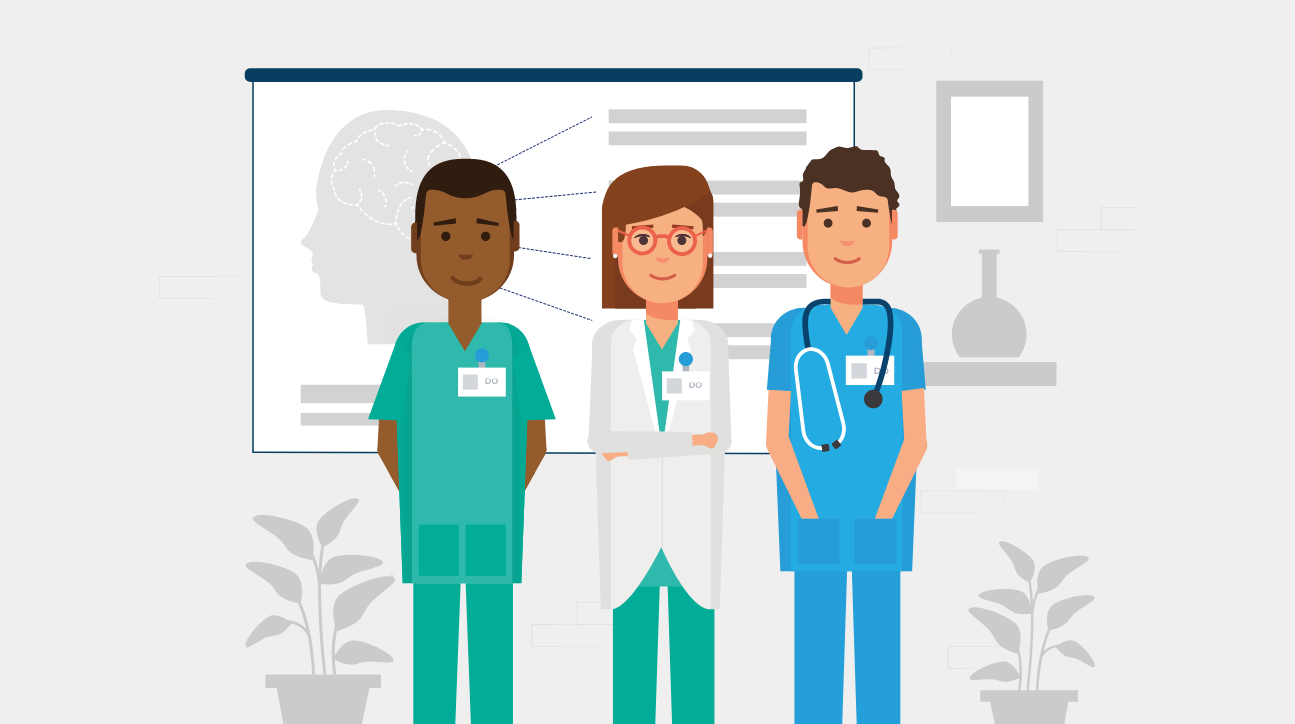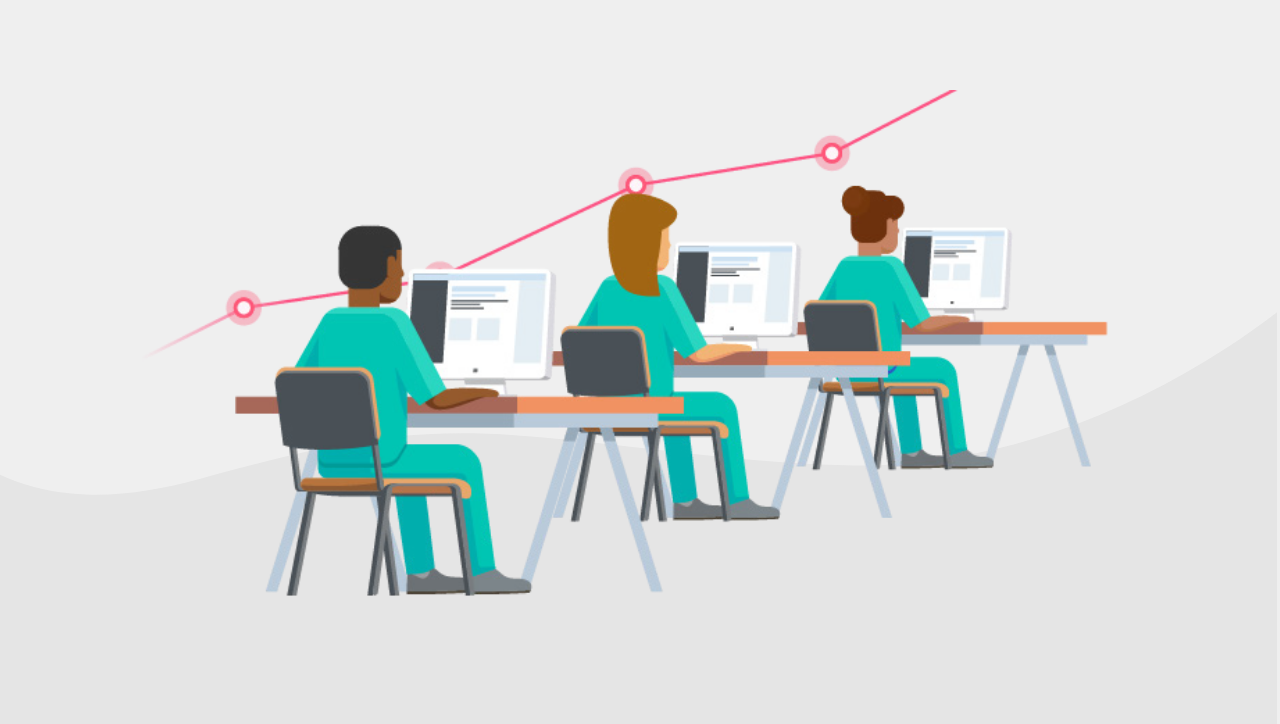The Powerful Effects of Quizzing on Medical School Learning and Outcomes
In a study involving 151 medical students, quizzing significantly improved post-test scores from just 3% scoring in the range of 61%-80% pre-test to 93% scoring above 81% post-test.1 The powerful impact of quizzing in elevating learning and exam outcomes is not surprising as it combines the proven effects of two cognitive science strategies: practice retrieval and spaced repetition. The “spacing-retrieval” effect of quizzing amplifies memory encoding, long-term knowledge storage and retention, and easy recall of information more effectively compared to using either strategy alone.
Additionally, quizzing provides faculty with real-time performance data and feedback to quickly and objectively gauge students’ comprehension, highlight knowledge gaps, pinpoint individual strengths and weaknesses, and identify at-risk students. These insights will then inform educators on the best ways to support students’ learning needs, optimize their exam readiness, and maximize their chances of a first-time pass on exams.
This is particularly important following the COMLEX-USA® Level 1’s transition from a three-digit score to a pass/fail model. As a TrueLearn survey among osteopathic medical school educators found, 62% of respondents believed that students are now spending less time preparing for COMLEX Level 1 following the transition to a pass/fail scoring model as they are just aiming for a pass. With Level 1 performance known to correlate with Level 2 performance, this could jeopardize future exam outcomes, in fact, 57.2% of respondents believed that this places students at risk of underperforming on COMLEX Level 2 CE.
Faculty can help mitigate this risk and ensure students are on track to meet program and licensure goals by incorporating quizzing across the curriculum.
How Medical Schools Can Easily Integrate Quizzing across the Curriculum
Quizzing can be deployed in several ways: as student assignments, pre-classroom exercises, formative and summative assessments, or as a low-stakes learning or practice tool.
Low-stakes quizzes (LSQ) let students focus on the content they have learned and practice recalling the information from memory without the pressure of being graded or penalized if they get an answer wrong. This way, they—and their instructors—can observe how well they have understood the material or if they need more guidance.
In the pre-clinical years, quizzing will help students establish a solid foundation of basic sciences, supporting long-term retention and ultimately driving optimal pass rates on COMLEX Level 1. During clinical years, quizzing can be used to ensure students are developing knowledge application and clinical judgment—essential for optimizing COMLEX Level 2 CE scores and COMAT Subject Exams performance. Both are critical for ensuring students have the best residency match outcomes.

TrueLearn’s COMLEX® SmartBanks: Customizable Quizzes, High-Yield Questions
Digital learning platform TrueLearn offers a full suite of curricular tools to support osteopathic medical school programs, faculty, and students toward optimal learning and exam outcomes—including quizzing features that can be customized to suit different needs. We are privileged to partner with the majority of osteopathic medical schools and support over 93% of osteopathic learners nationwide to outperform on their COMLEX and COMAT exams.
Educators can pull from our high-yield COMLEX® SmartBanks, enriched with over 2,500+ NBOME-formatted and integrated OMM test items for Level 1 and 2,500+ Level 2 CE-formatted items, leverage them as student assignments or for assessments. Faculty can also choose to reserve questions that students can’t access for their independent studies. These questions can then be used exclusively for faculty-assigned quizzes, providing a more accurate assessment of students’ knowledge.
TrueLearn is also integrated with the leading audio-visual mnemonic platform, Picmonic, which breaks down complex medical and osteopathic principles and practice concepts into bite-sized, memorable video lessons to accelerate learning, strengthen retention, and ease information recall. Together, TrueLearn and Picmonic form a powerful learning loop whereby students first establish a strong basic sciences knowledge base with Picmonic, then self-assess their ability to think critically and apply knowledge via TrueLearn’s board-style questions and quizzing features. When they miss a question, they can immediately revisit the relevant material from Picmonic to reinforce the information into long-term memory and deepen their comprehension.
Additionally, TrueLearn sits on a robust data analytics engine with comprehensive reporting capabilities. Programs that partner with us will receive real-time and actionable insights into individual, cohort, and program performance, as well as longitudinal data.
The TrueLearn-Picmonic solution thus supports the key needs of osteopathic medical schools in ensuring strong learning and exam outcomes.
Want to know more about TrueLearn’s quizzing features and other tools for elevating osteopathic medical school learning and exam outcomes?
References & Footnotes
1 Dengri C, Gill A, Chopra J, et al. A review of the quiz, as a new dimension in medical education. Cureus. 2021;13(10). doi:10.7759/cureus.18854
*COMLEX-USA® Level 1 and Level 2 CE are trademarks of National Board of Osteopathic Medical Examiners® (NBOME®). This content is not endorsed or approved by NBOME.



